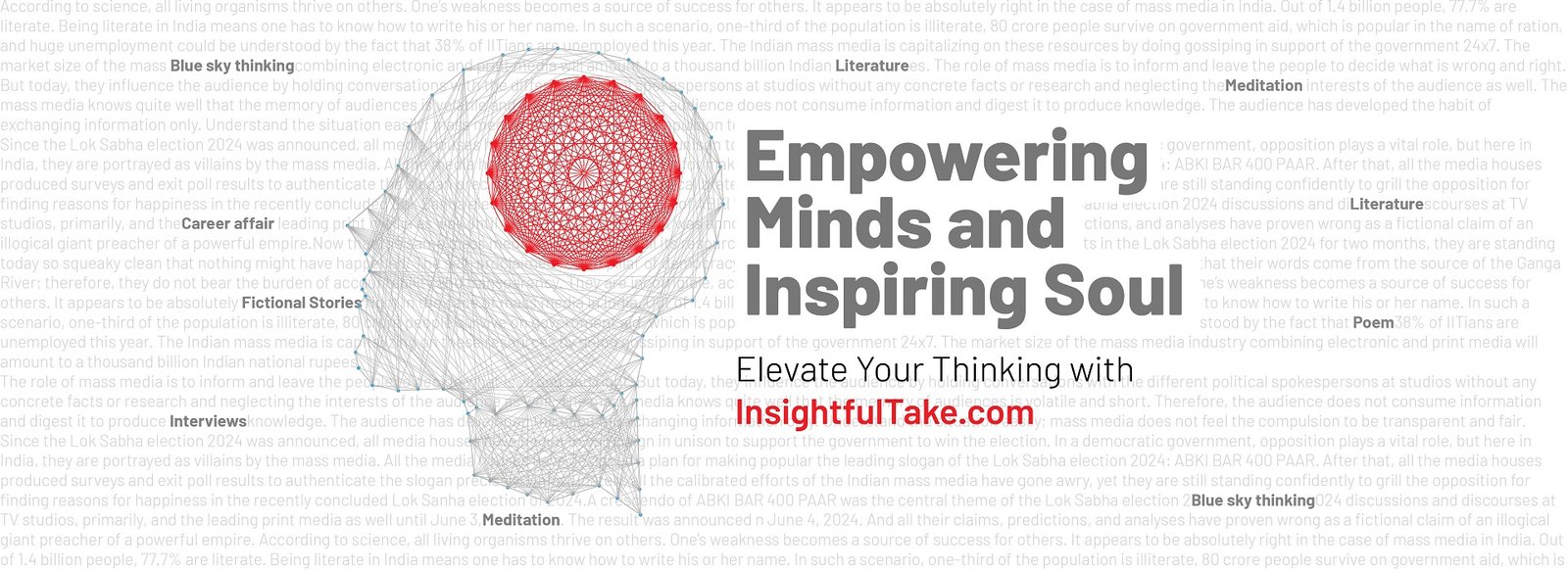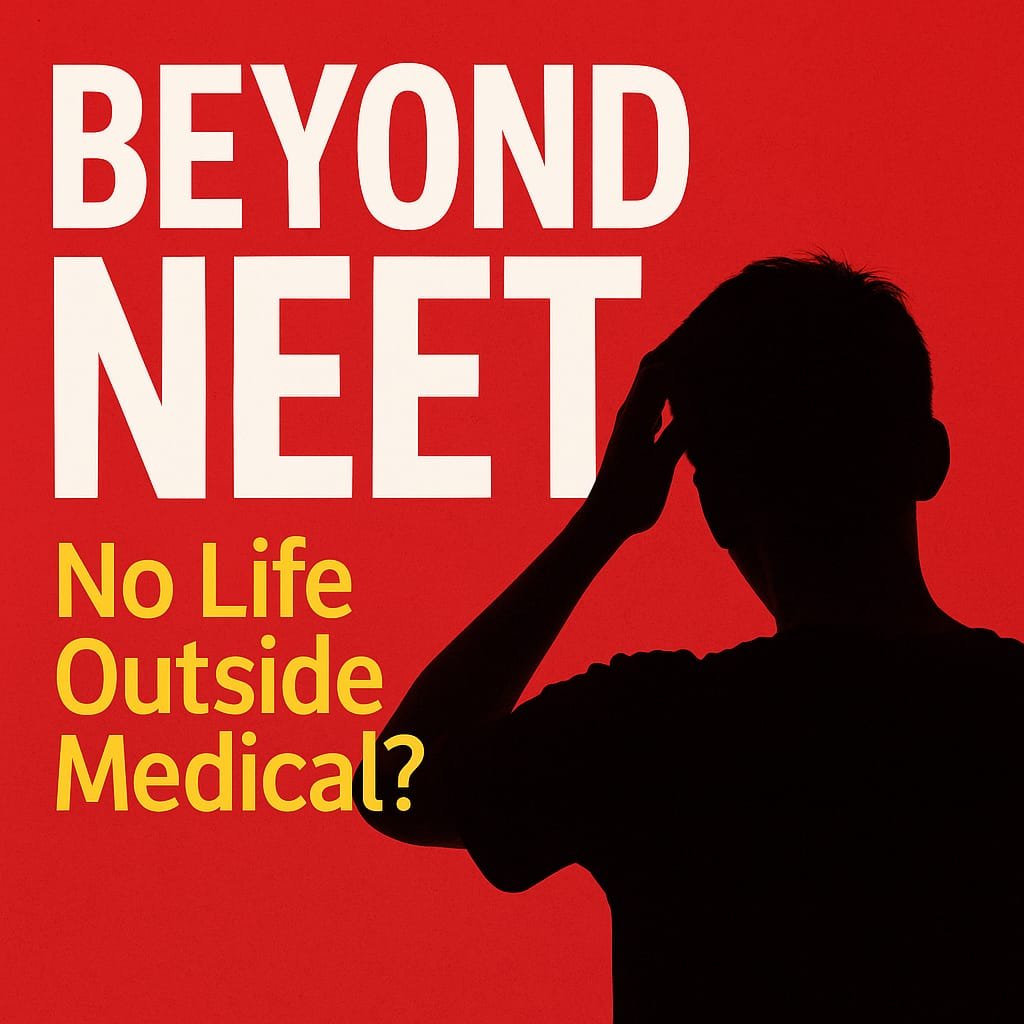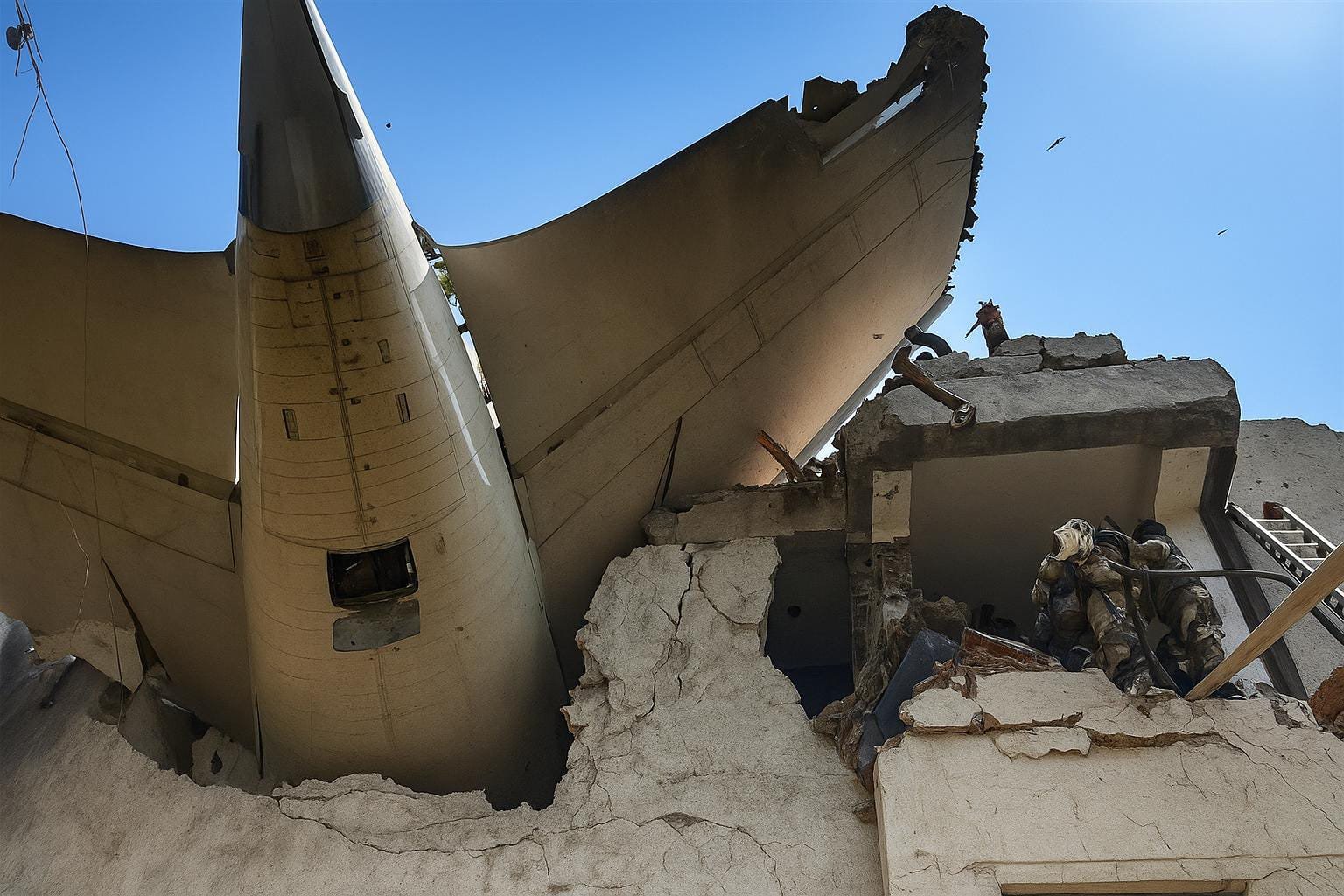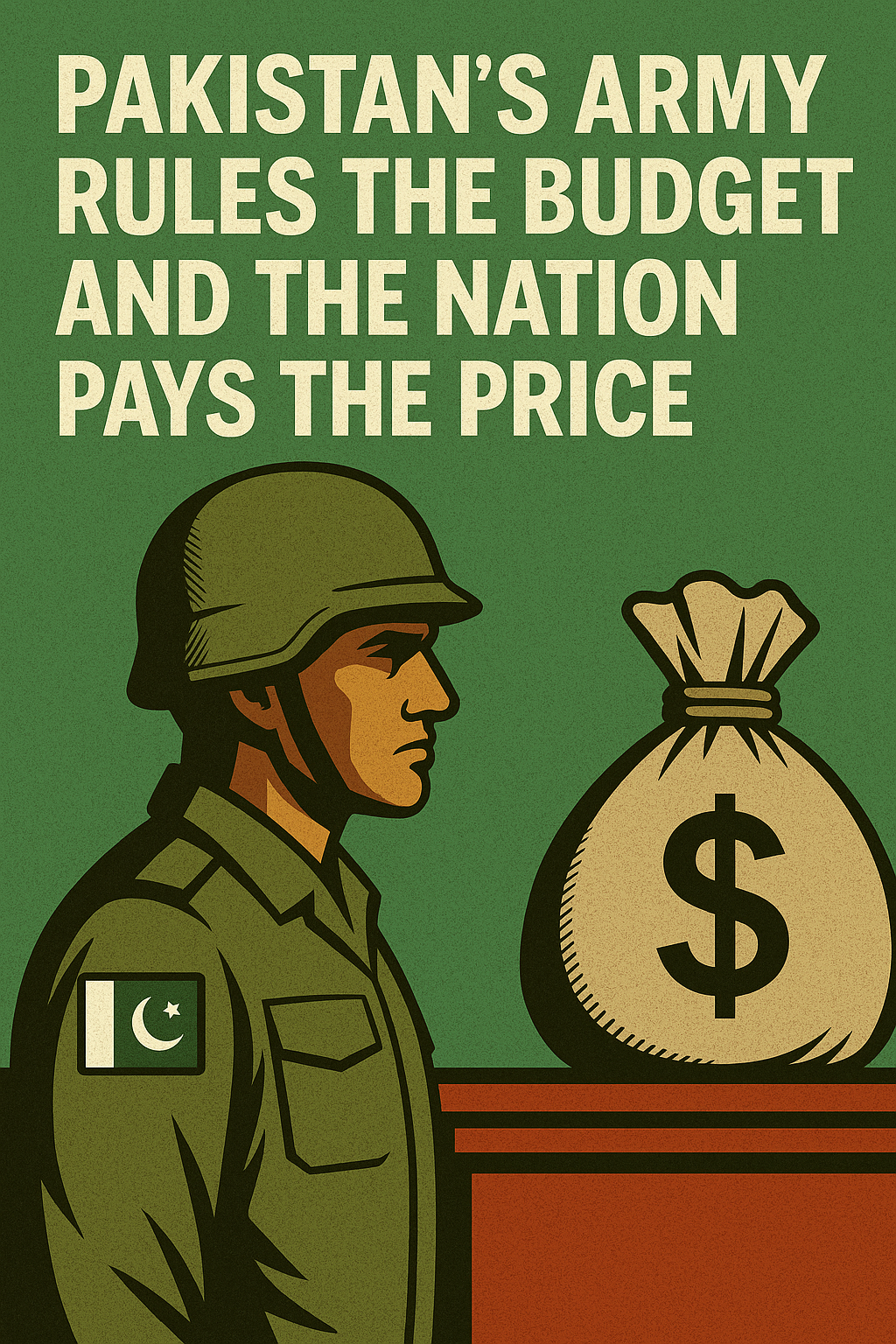
A silent recalibration is underway in India’s tax machinery, and this time, it's charitable trusts and research institutions feeling the pressure. With over 3.14 lakh associations of persons flagged for scrutiny in their 2024-25 income tax filings, the Central Board of Direct Taxes (CBDT) has issued firm new guidelines. The move aims to plug revenue leaks and ensure that tax exemptions are not misused in the name of charity or scientific advancement.
At the core of these new measures lies a sharper focus on registration status. Institutions that have either failed to renew their registration under Section 10(23C) or 12A of the Income Tax Act, or had it revoked before March 2024, but still claimed tax exemptions for FY 2024-25, will now face scrutiny by the faceless assessment centre. However, if an appellate court has stayed the revocation, such cases will not be automatically scrutinized.
The underlying motive is clear—accountability. Simply being labelled a charity or research body no longer offers a protective cloak. Institutions must now prove they aren’t merely tax shelters in disguise. They are expected to deploy at least 85 percent of donations received towards legitimate charitable or religious work to retain their tax-exempt status. This marks a sharp departure from the earlier perception of near-immunity that these entities enjoyed.
Universities and research centres that have not claimed tax benefits under other provisions still have the option to apply for exemption under Section 11. But for everyone else, including individuals previously visited by tax officials or surveyed after 1 April 2023, scrutiny is a given. A search, even if not a full-blown raid, will now automatically flag their income tax returns for assessment.
Metro cities are expected to bear the brunt, especially where sudden, large additions were made to reported income in recent years. The tax authorities have now revised the monetary thresholds for such automatic scrutiny. Earlier, additions exceeding ₹25 lakh in eight metro cities and ₹10 lakh in non-metro areas would trigger review. These limits have now been hiked to ₹50 lakh and ₹20 lakh respectively, reflecting a more calibrated approach while still maintaining oversight.
The message is unmistakable: good intentions must now be matched with good governance. Institutions that seek the public’s trust—and the taxpayer’s money—must align their operations with both the letter and spirit of the law. With the government under pressure to shore up revenues after offering a significant tax break to the middle class, the compliance net has clearly been cast wider and tighter.
For genuine charitable institutions, this is a call to revisit their paperwork, audit trails, and operational transparency. For the not-so-genuine ones, it might be the beginning of the end of a long tax holiday.



.jpeg)
















